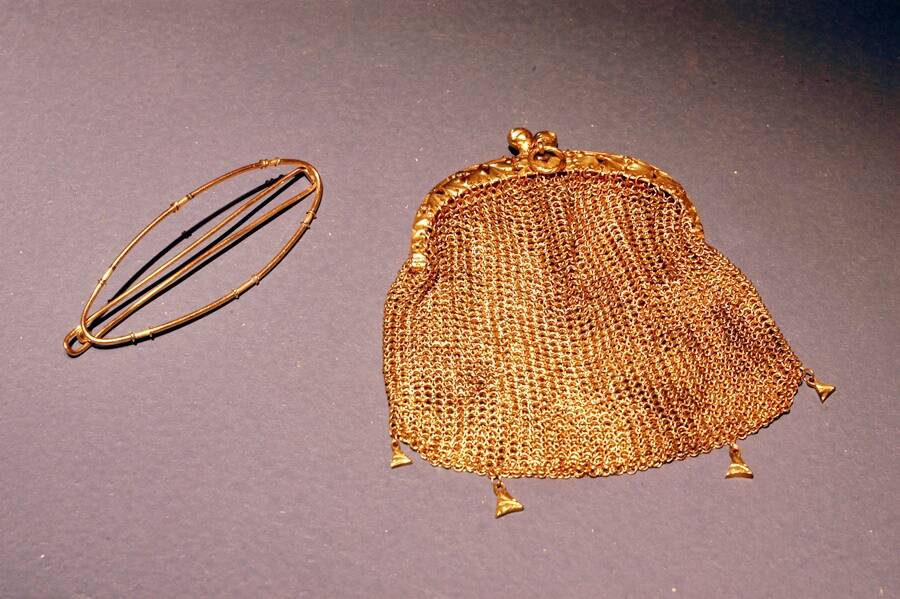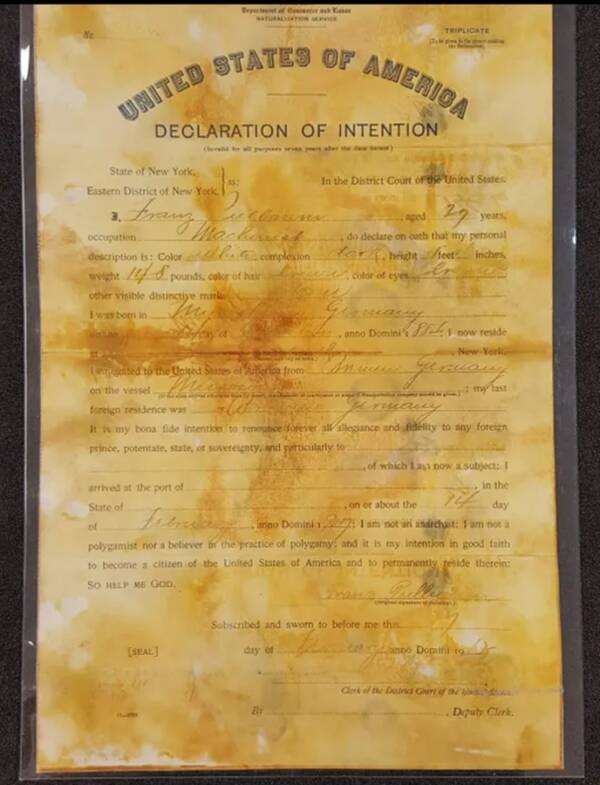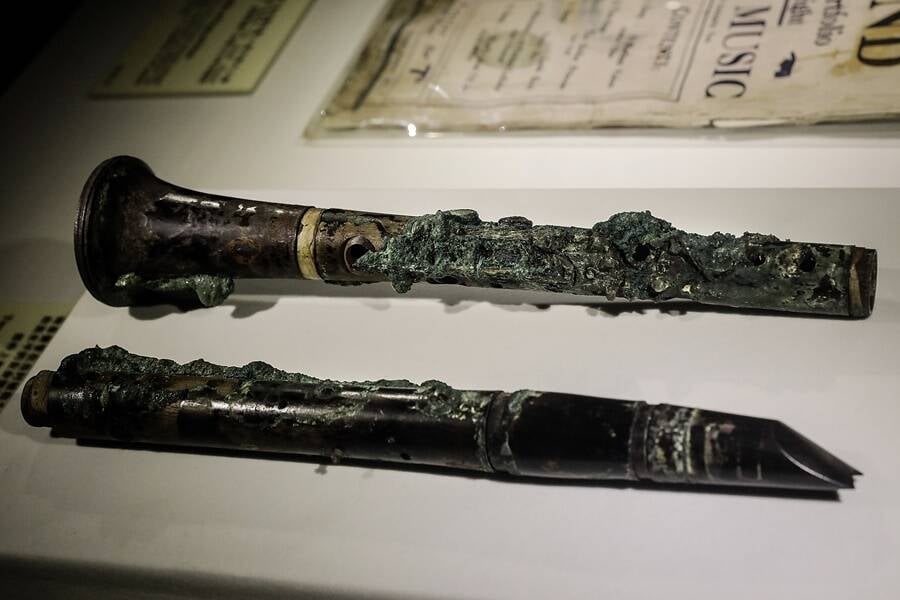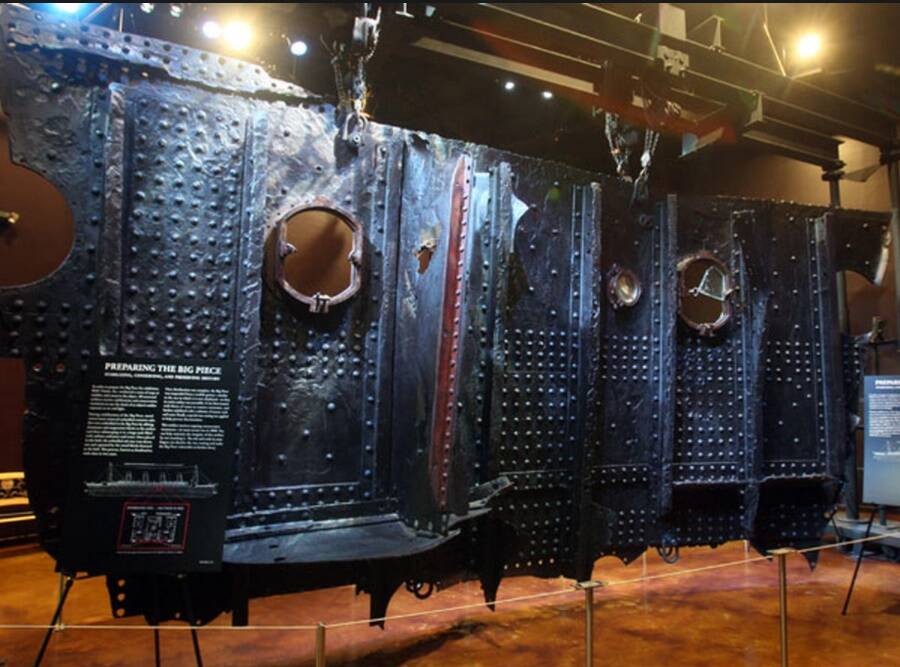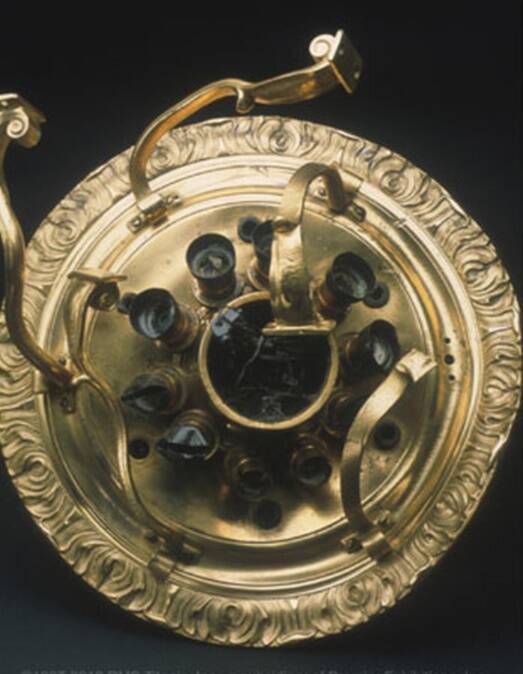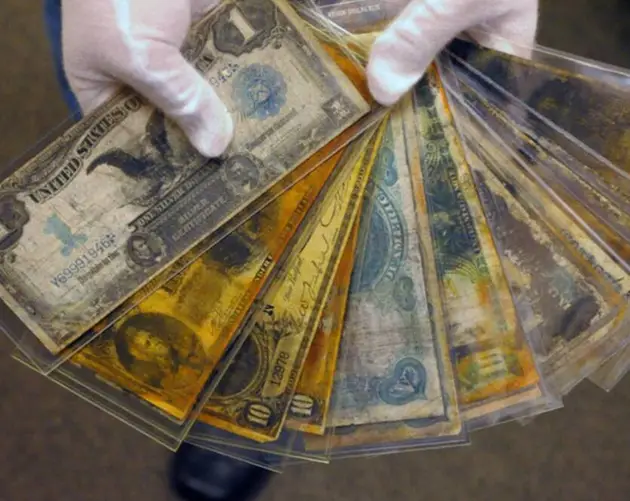From pieces of the destroyed ship to items recovered from the wreckage, these artifacts from the Titanic reveal the true scope of the tragedy.
When the RMS Titanic first set sail in 1912, it was believed to be "unsinkable." The ship's maiden voyage, a cross-Atlantic journey from England to America, appealed to the public not just because of the ship's impressive size but also because of its extravagance.
Approximately 882 feet long and 92 feet wide, the Titanic weighed more than 52,000 tons when fully laden. Obviously, this left plenty of room for amenities. The ship's first-class section boasted veranda cafes, a gym, a swimming pool, and luxurious Turkish baths.
By all appearances, the Titanic was a dream come true. But the dream soon turned into a nightmare. Just four days after the ship had departed, it famously hit an iceberg and sank. In the gallery above, you can see some of the most haunting Titanic artifacts recovered from the wreckage.

The Tragedy Of The Titanic
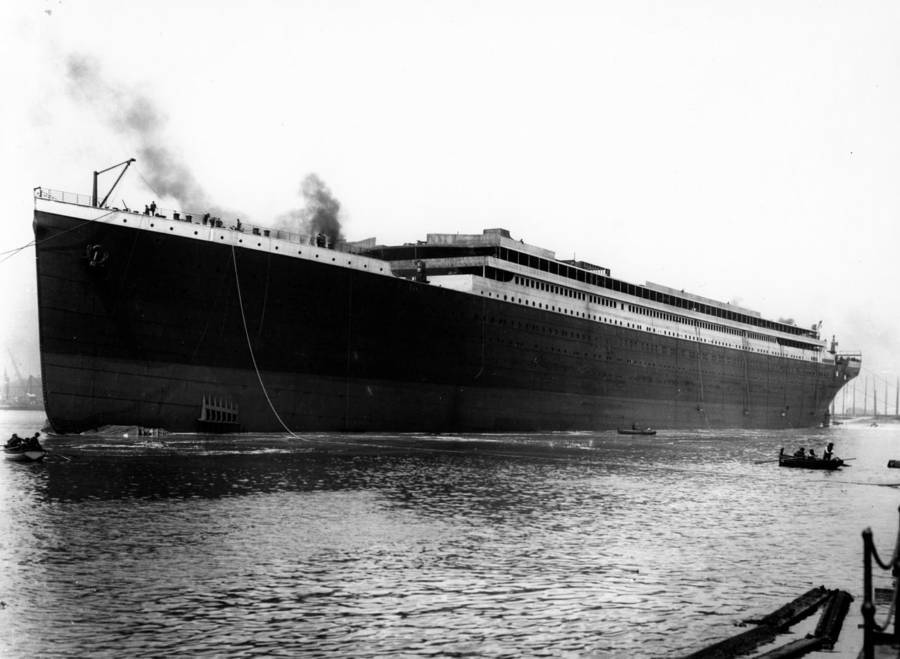
Wikimedia CommonsMore than 5,000 items have been retrieved from the Titanic's wreckage.
On April 10, 1912, the RMS Titanic departed from Southampton, England on its historic voyage to New York City. But disaster struck four days later when the massive ship crashed into an iceberg. In less than three hours after the collision, the Titanic sank into the North Atlantic Ocean.
"Well boys, you've done your duty and done it well. I ask no more of you," Captain Edward Smith allegedly told his crew shortly before the ship went down. "I release you. You know the rule of the sea. It's every man for himself now, and God bless you."
The Titanic was equipped to carry 64 lifeboats but was only outfitted with 20 (four of which were collapsibles). So the effort to evacuate became another disaster. It took about an hour before the first lifeboat was released into the sea. And most of the lifeboats weren't even filled to capacity.

Library of Congress
The Titanic was believed to be an "unsinkable" luxury vessel.
The Titanic sent out multiple distress signals. While some vessels responded, most were too far away. And so the closest one, the RMS Carpathia, at 58 miles away, began heading toward the doomed ship.
It took two hours and 40 minutes after the iceberg collision for the entire Titanic to sink. The RMS Carpathia did not arrive until about an hour later. Fortunately, its crew was able to pull survivors onto their ship.
Of the estimated 2,224 passengers and crew aboard the Titanic, roughly 1,500 died. About 700 people, mostly women and children, survived the tragedy. The survivors finally reached New York on April 18.
Historic Titanic Artifacts
The remains of the Titanic were lost to the sea for 73 years. In 1985, the wreck was uncovered by American oceanographer Robert Ballard and French scientist Jean-Louis Michel. The wreckage was located 12,500 feet underneath the ocean some 370 miles south of Newfoundland, Canada.
Since 1987, a private American company called RMS Titanic, Inc. has salvaged more than 5,000 artifacts from the Titanic. These relics include everything from pieces of the hull to china.
RMS Titanic, Inc. made seven research and recovery expeditions to recover Titanic artifacts from the underwater site between 1987 and 2004.
Since these expeditions, some Titanic artifacts have fetched thousands of dollars through auctions, such as an entry ticket to the ship's lavish Turkish baths — which sold for $11,000. Although glass, metal, and ceramic items are common among the collections, paper items are far rarer.
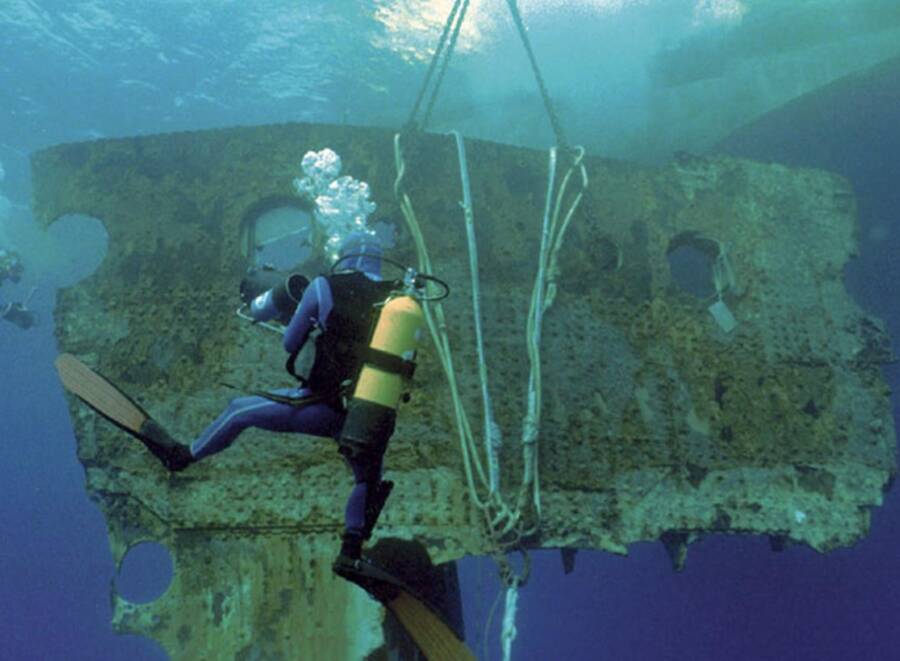
RMS Titanic, Inc.A 1994 court ruling granted the private company RMS Titanic, Inc. an exclusive right to salvage the entire wreckage.
"The paper or textile items that were recovered survived because they were inside suitcases. The tanned leather of the suitcases tended to protect them," said Alexandra Klingelhofer, vice president of collections for Premier Exhibitions Inc. Klingelhofer described the suitcases as "time capsules" that can give people a "sense of the person who owned the suitcase."
"It's like getting reacquainted with someone, the things that were important to them," Klingelhofer said.
Other noteworthy Titanic artifacts include the kimono said to be worn by survivor Lady Duff Gordon on the night of the tragedy (sold for $75,000) and a violin owned by Wallace Hartley, the ship's bandmaster who famously played on as the ship sank (sold for $1.7 million).
Preserving The Titanic's History

Gregg DeGuire/WireImageEven though thousands of Titanic artifacts have been retrieved in recent decades, much of the wreckage still sits at the bottom of the sea.
Many artifacts have been recovered from the wreckage but countless items from the Titanic tragedy are still sitting at the bottom of the sea, slowly deteriorating from corrosion, oceanic eddies, and undercurrents.
However, the RMS Titanic, Inc.'s announcement of its plans to conduct more explorations — including the intent to retrieve the ship's iconic radio equipment — sparked a backlash.
The National Oceanic and Atmospheric Administration argued in court documents that the radio equipment may be surrounded "by the mortal remains of more than 1,500 people," and therefore should be left alone.
But in May 2020, U.S. District Judge Rebecca Beach Smith ruled that RMS Titanic, Inc. has the right to retrieve the radio, citing its historic and cultural importance along with the fact that it may soon disappear.
However, the U.S. government filed a legal challenge in June, claiming that this plan would violate federal law and a pact with Britain that recognizes the wreck as a memorial site.
While there is an argument to be made that the deterioration of the submerged Titanic artifacts may be a good enough reason to continue retrievals from the site, some historians remain opposed to the radio rescue.
No matter how the story ends, there's no denying that there is still a field full of the Titanic's untouched history under the sea.
Now that you've seen some of the most heartbreaking Titanic artifacts, see some of the most astonishing Titanic photos. Then, discover the most interesting facts about the Titanic.

